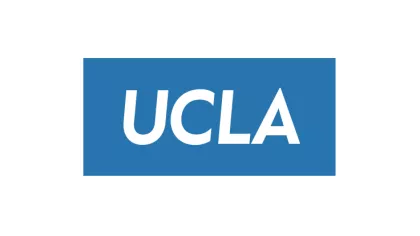
Journal Article
Coding Intensity Variation in Medicare Advantage
Enrollment in Medicare Advantage (MA) plans rose to over 50% of eligible Medicare patients in 2023. Payments to MA plans incorporate risk scores that are largely based on patient diagnoses from the prior year, which incentivizes MA plans to code diagnoses more intensively.
Authors estimated coding inflation rates for individual MA contracts using a method that allows for differential selection into contracts based on patient health. They illustrate the method using data on MA risk scores and health conditions from the most recent year available, 2014. This approach could also be used beginning in 2022, when Medicare transitioned to MA risk scores based on MA Encounter records. Several existing methods assess coding intensity, but this study's approach is novel in its use of plan-level mortality rates to infer plan-level coding intensity.
Findings: Authors found an enrollment-weighted mean coding inflation rate of 8.4%, with rates ranging from 3.4% to 12.7% for the largest 8 MA insurers and from 1.1% to 22.2% for the largest 20 MA contracts in 2014. They found higher coding intensity for health plans that were HMOs, provider-owned, large, older, or had high star ratings. Approximately 68.1% of MA enrollees were in contracts with coding inflation rates larger than Medicare's coding intensity adjustment.




